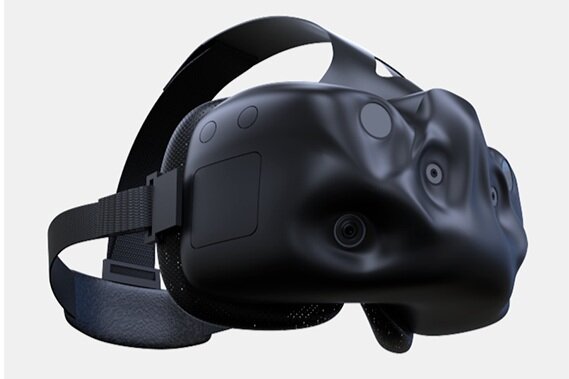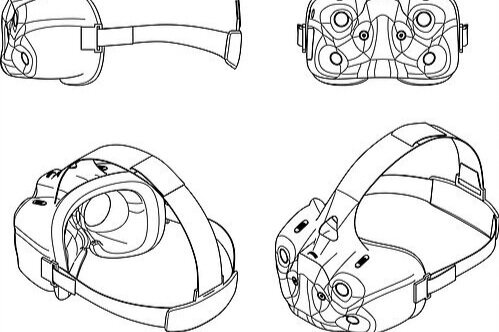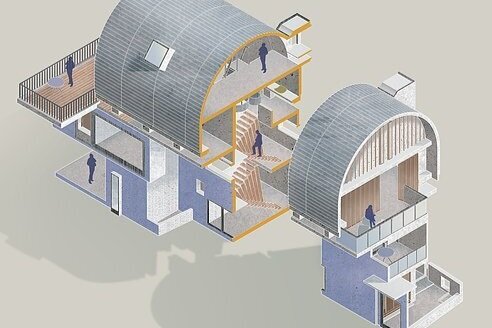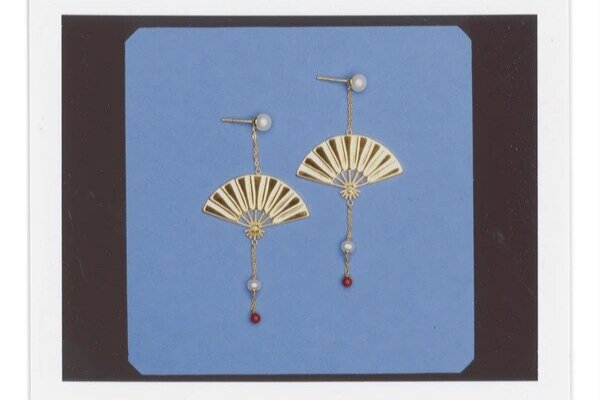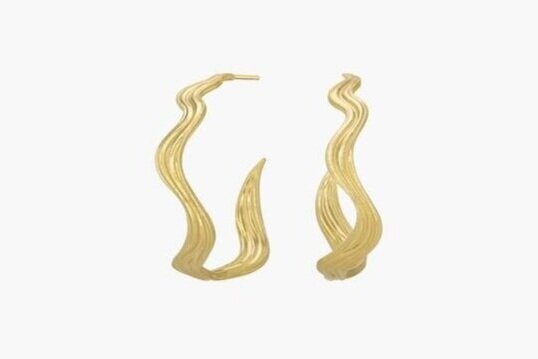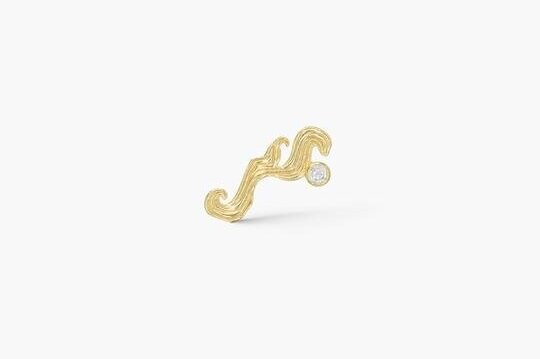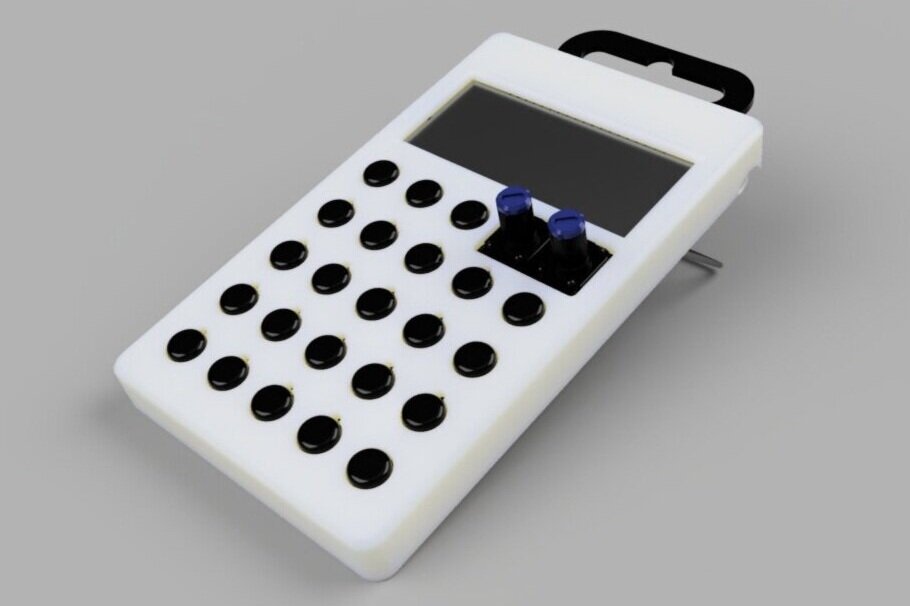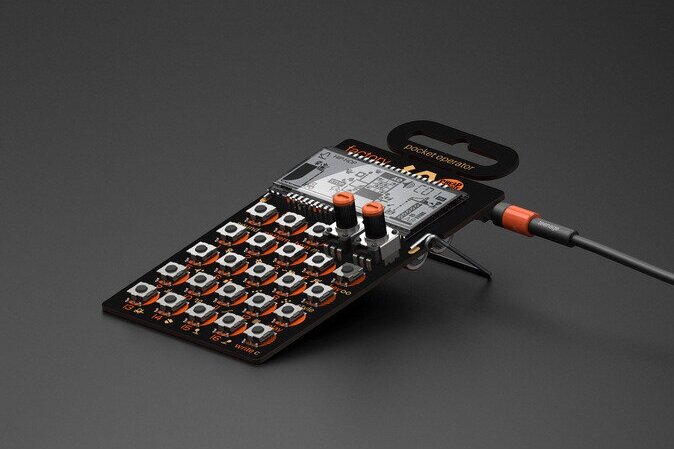3D Design & Optimisation Services
Design new components for additive manufacturing or optimise existing designs for efficiency.
DFAM - DESIGN FOR ADDITIVE MANUFACTURING:
3D files are created by many methods, each with their benefits and drawbacks. We utilise the following techniques to create high-quality 3D printable files that meet your design requirements.
Reverse Engineering
Reproduce an existing product or object into a 3D file using 3D scanning reverse engineering and expert design engineers.
Design Development
Product design and development created from 2D drawings, imagery or a consultation. Start your new product development with us.
Part Optimisation
Lightweight parts for reduced material use, redesign components for economical manufacturing. Rely on our knowledge of additive to improve your components
how it works:
1. CONSULTATION
Talk to an expert
3D People's design team specialises in CAD design for 3D Printing. Share your project for review through our IP protected service, and one of our designers or engineers will get in touch to discuss your project.
2. Design
From idea to reality
Collaborate and work closely together or submit your brief and let us get on with it. Our 3D printing design service can speed up your development process and reduce your costs by designing for manufacturing efficiencies.
3. READY FOR MANUFACTURE
Optimised for 3D Printing
Our design team is located in 3D People's factory so we can prototype on the same machines used for production. Once you are happy with your design, we can start production immediately, avoiding setup time and expense.
CAD DESIGN TOOLS:
Digital Sculpting
Our in-house artists use digital sculpting software to manipulate virtual clay. This design tool is best suited for creating model characters, jewellery and objects with organic forms, flowing shapes and intricate surface textures.
Parametric Modelling
Solid modelling is a rules-based method captured in a history tree. It allows for the creation of modes with editable parameters making it ideal for product development and functional designs. Easily convert models into the documentation, and file formats required for traditional manufacturing techniques.
3D Scanning
Capture highly detailed 3D scans of objects to convert them into 3D files suitable for 3D printing. Scan a base design to use as a building block for a project or accurately reproduce complex surfaces. Use as a tool to rescale pieces for multiple editions or production.
Data Preparation
Your 3D prints can only be as good as the integrity of the 3D file. We use industry-leading data preparation and mesh editing software to optimise 3D files for additive manufacture. Convert file types, repair errors, edit and enhance your files for 3D printing.
Book A cad design consultation
Please use this form to send us information about your project. Ask us questions, tell us about your project, upload images, technical drawings and or 3D files. One of our team will get back to you shortly. We answer enquiries within 1 hour during the working day.
We treat your information with a high level of confidentiality. The files will only be used for the purpose of receiving a quote. Please see our Terms & Conditions for more information.
Example projects designed by 3D People
VR Headset - Wearable Tech
A Virtual reality headset that mixes technology and art. The sculptural front cover houses the internal components and gives the headset a soft organic look. We used Autodesk Fusion 360 parametric design software to model the functional components and sculpt the fluid surface. We used Fusion for this project as it offers both surface modelling and parametric design in one package.
Jib House 집 - Architectural Model
From only an elevation plan, we were able to make the 3D file of this spectacular building, including sourcing furniture for the interiors. Each floor of the architectural model is 3D printed as a separate component to enable assembly during a presentation. The model is a powerful communication tool that showcases the fine details seen throughout the design.
Tarot Collection - Jewellery Design
Inspired by the mystical world of Tarot Cards, Polar Jewellery's Tarot Collection includes universal symbols such as the moon and sun. The client provided sketches and reference imagery for each piece. We used Rhino 3D software to model the geometries and Pixelogics Zbrush to sculpt the surface details. By using a combination of professional CAD software packages within the same workflow, we can reduce the number of processes required, saving time and cost.
Pocket Operator - PCB Case
Teenage Engineering’s Pocket Operator is a small portable PCB style device used to make music on the go. The instrument is sold without a case to protect the electronics; therefore, we designed a compact and durable housing that offers full-body protection. The 3D printable case includes buttons that allow the user to feel feedback as they punch-in effects.
cad design FAQ
+ Why do I need a 3D CAD design to create a 3D printed item?
A 3D printer creates parts from a 3D design file, usually, an STL. An STL file is the industry-standard file format for 3D printing. The file holds the geometry of the component within a series of triangles in free space. Our machines cannot create items without a 3D file.
+ What are the differences between files types such as STL, OBJ and STEP?
There are many types of universal CAD formats that we can use to 3D print items. Stereolithography (STL) and Object (OBJ) files are the most common format for 3D printing. Unlike STL/OBJ files, STEP files contain natural CAD data for surfaces; this means there is an extra degree of accuracy and editability contained in STEP files. To print with STEP files, we first convert them into STL.
+ How do 3D People charge for 3D Design projects?
The cost of a CAD project correlates on the amount of time it takes to complete. We make a time estimate for the number of hours needed to create your 3D file and charge an hourly rate of £50 + VAT. We have a minimum charge of £500+VAT for CAD projects; however, we offer discounted rates for projects that will be 3D printed using our service.
+ Who owns Intellectual Property for the 3D file?
The client holds the rights to the IP of the 3D design work created through our CAD design service. More information about intellectual property is in our Terms and Conditions. We will deliver your file to you in STL format upon completion; we can also provide other file formats such as STEP if required.
+ My design is confidential, is the service confidential and protected?
Yes, we understand the value of your ideas and keep all customer data strictly confidential as part of our standard service. If you need us to sign a non-disclosure agreement, please email us the PDF agreement before proceeding with the CAD project.
+ Do 3D People create 2D technical drawings of 3D Designs?
We can produce drawings of your 3D models, but we do not provide technical packages for mass manufacturers.
+ How long does it take to create a 3D file?
Our lead times are dependent on the hours required to create the CAD drawings. Most projects will complete within seven working days, but some can take longer. Just like the 3D printing service, we can upgrade a CAD project to express with an additional fee.
+ What is reverse engineering?
Reverse engineering is the process of taking an existing part and turning it into a 3D CAD model. We can do this either with 3D Scanning or manually remaking the piece in a parametric CAD program. Once we have copied the component, you can reproduce it using the 3D printing service.
+ Is 3D Scanning accurate?
Yes, we use many different scanning technologies to receive 3D data with a tolerance of ±0.01 or ±0.1 depending on the technology used.









